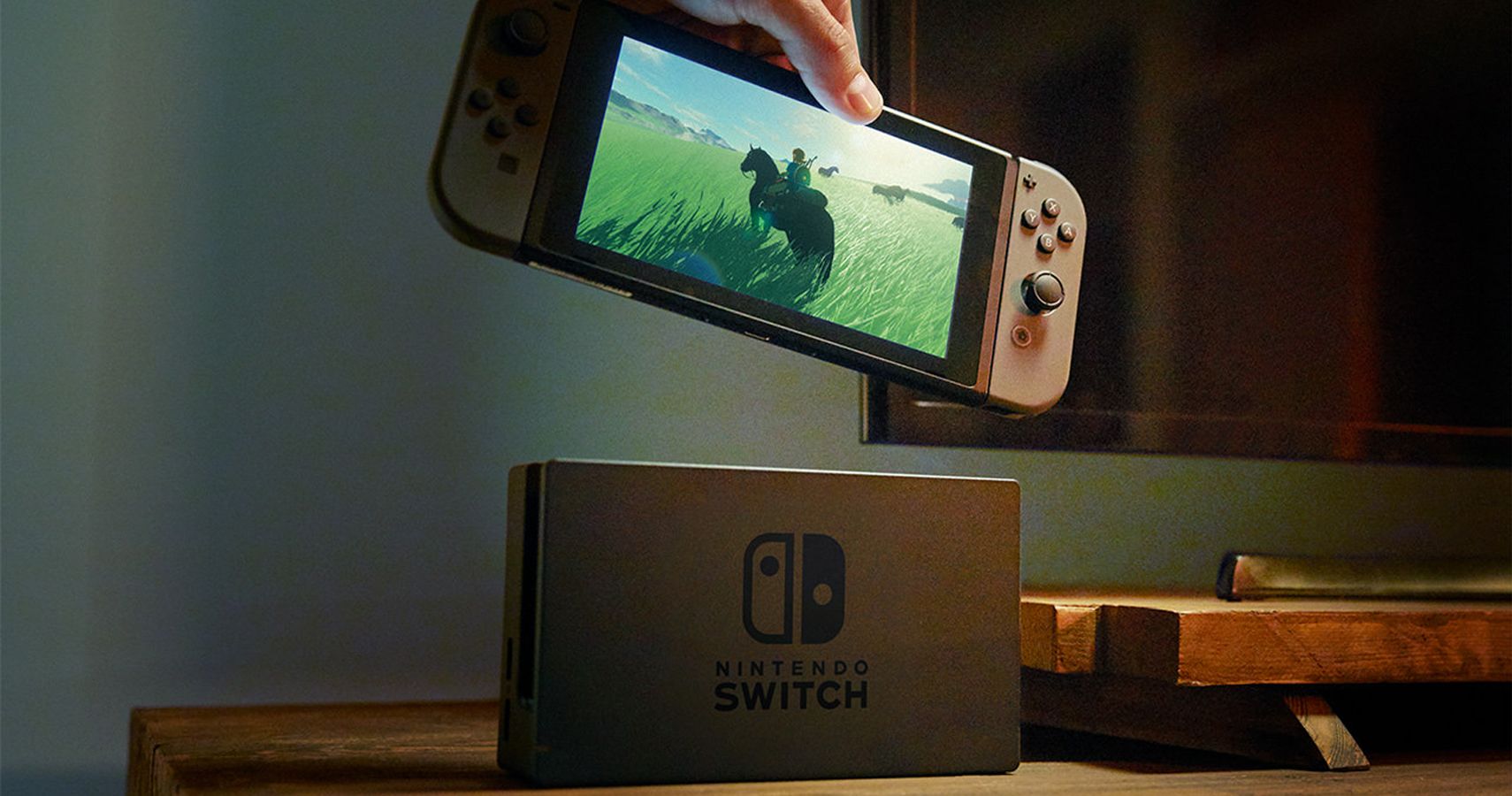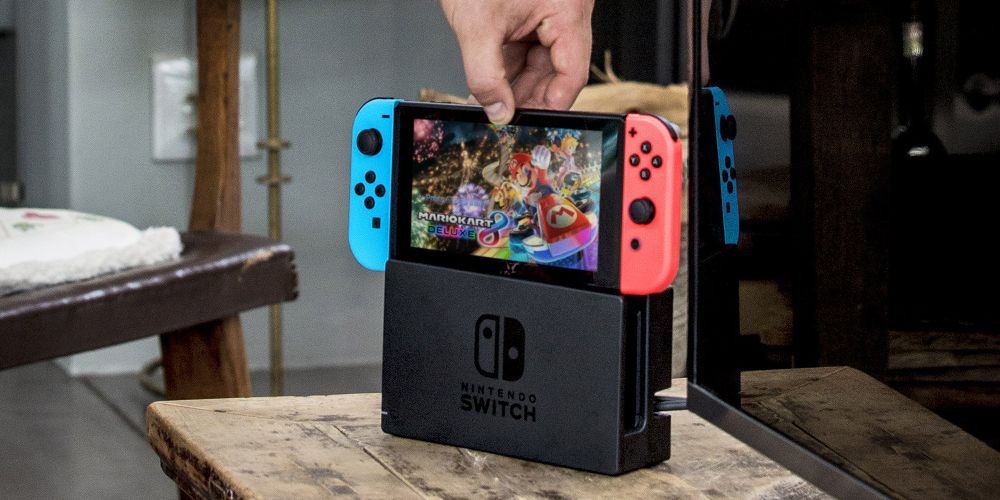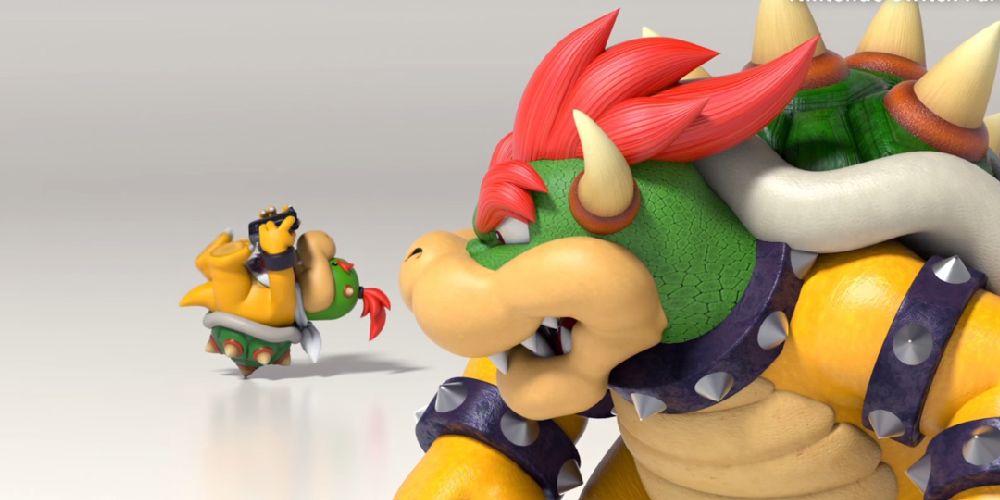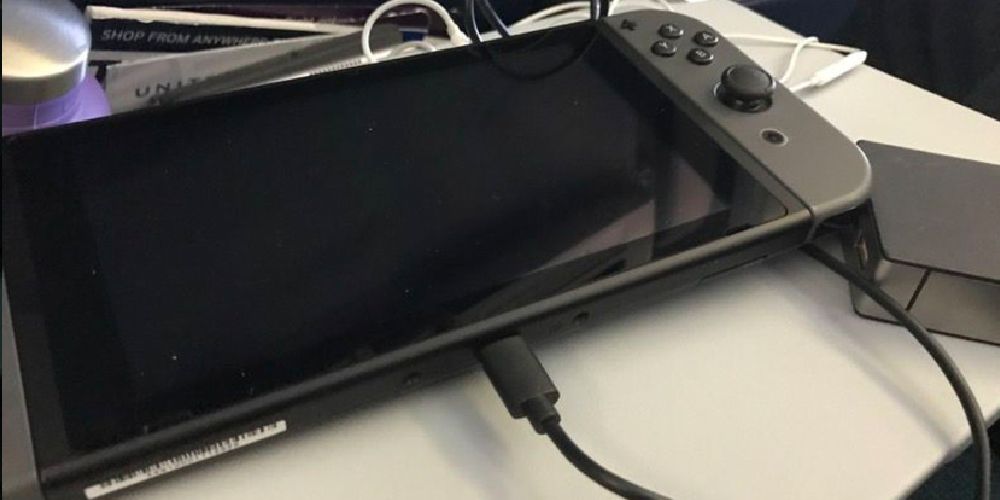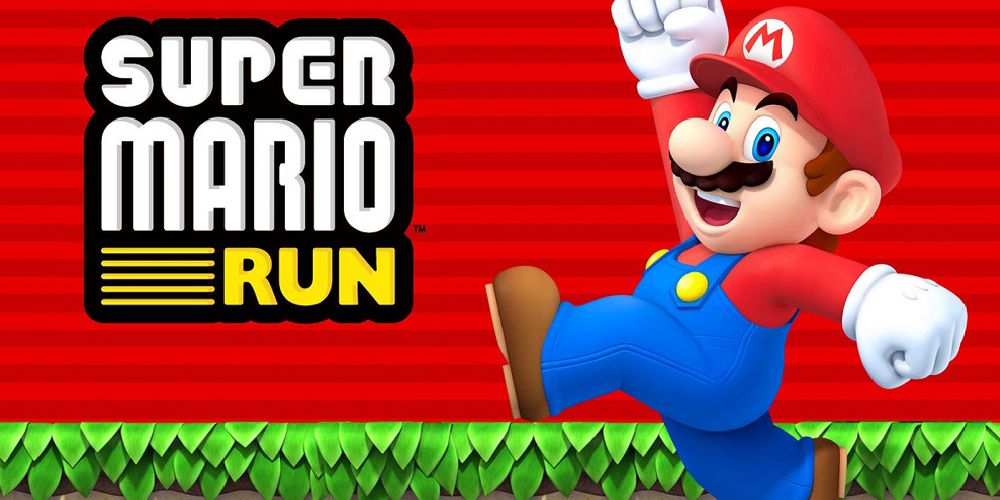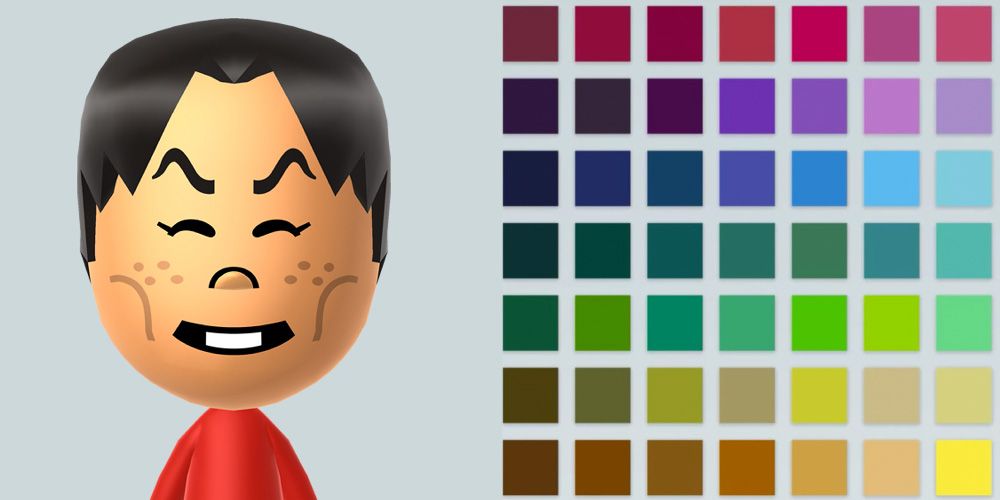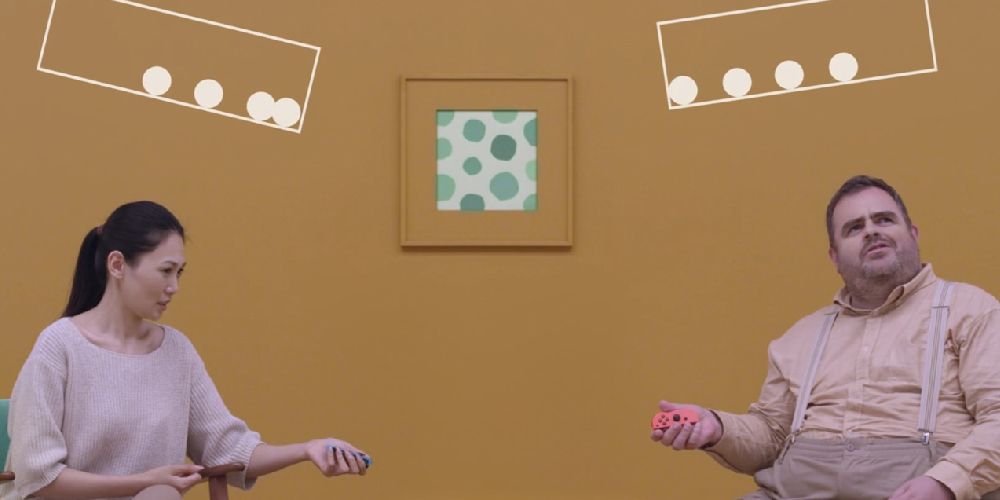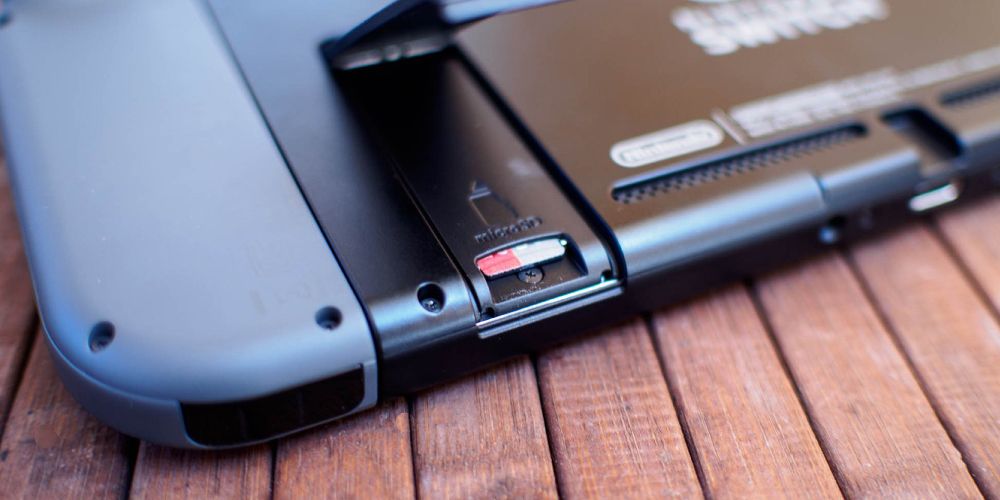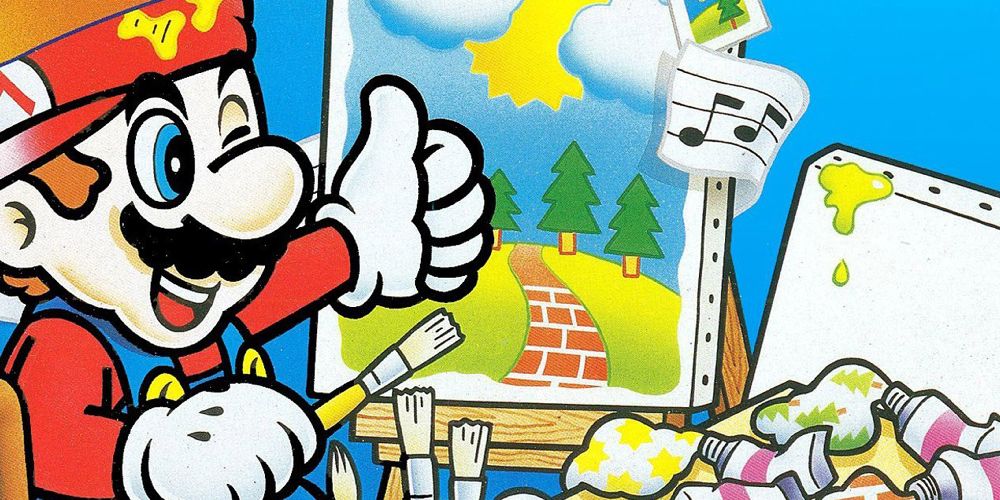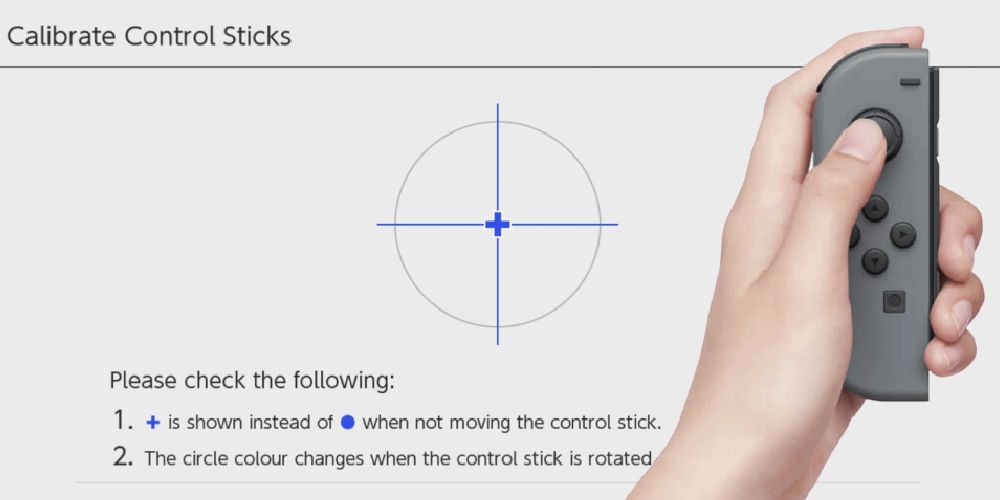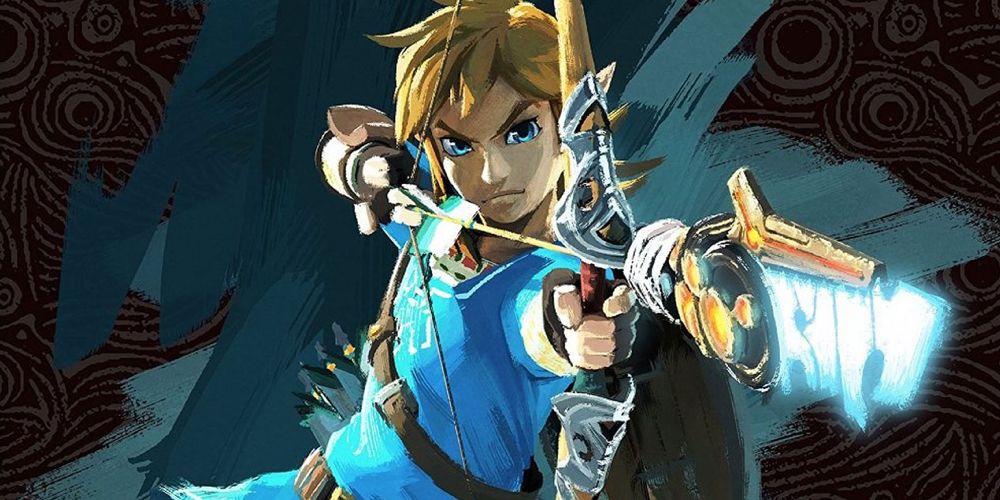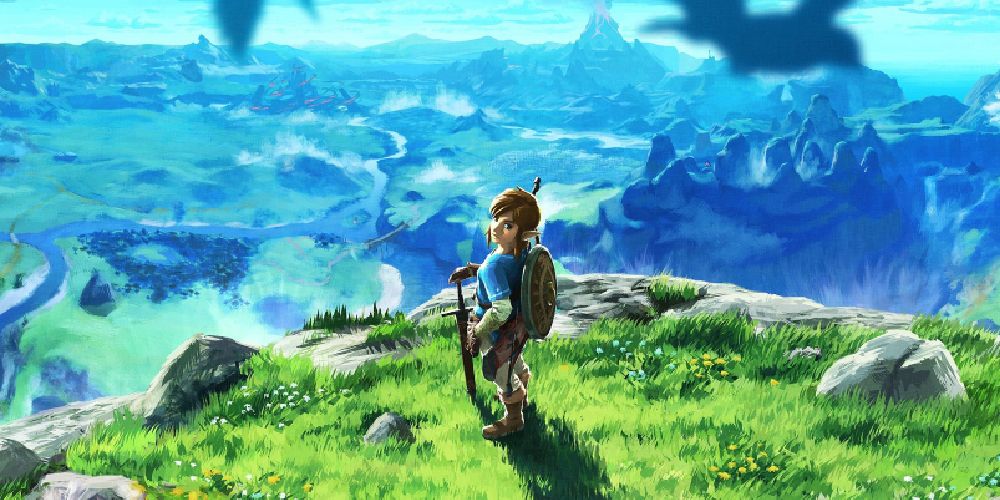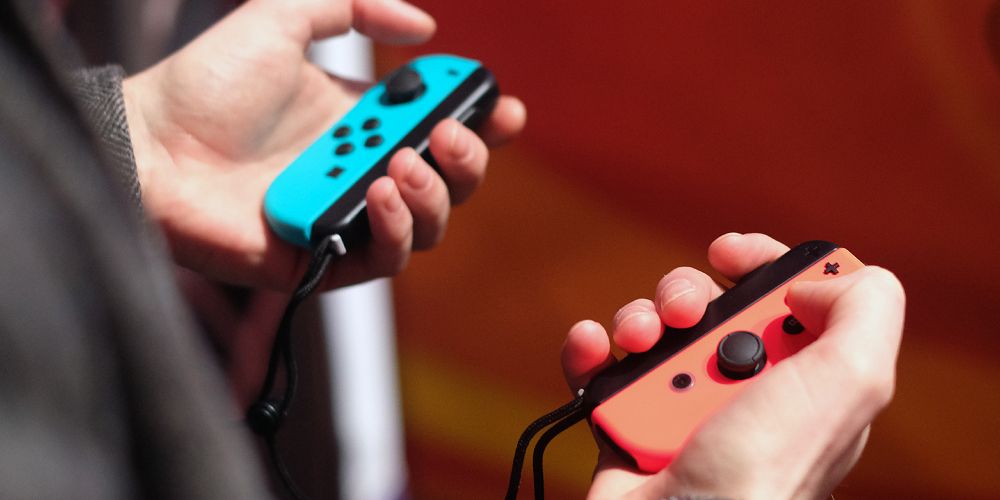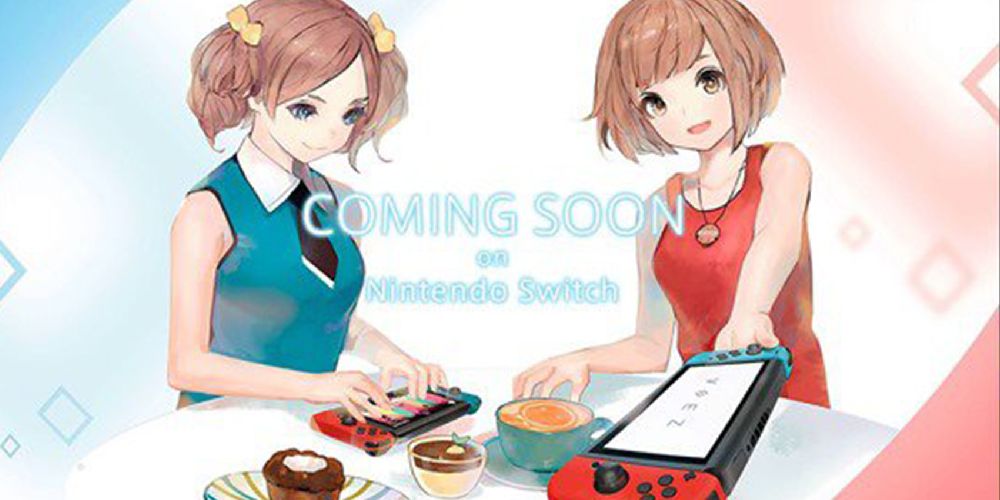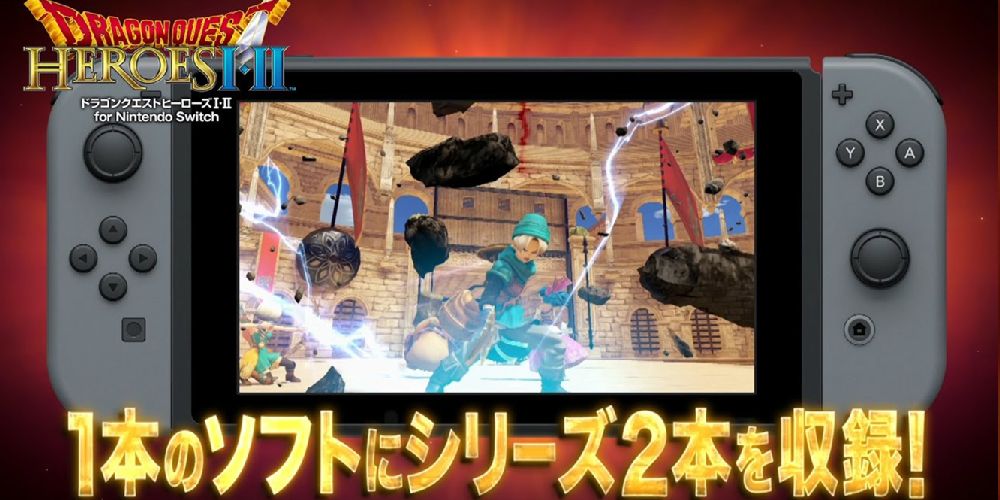Nintendo has built something of pure magic — an HD console that lets you play it however you want. Every major hardware manufacturer has tried to capture the spirit of the Switch, from Microsoft’s ill-conceived “snap” mode on the Xbox One to SONY’s Vita/PS3 vision of cloud saves. In the words of Hideo Kojima, Nintendo has truly built a “gamer’s dream.”
Nintendo’s dream machine is out in the wild. If you are lucky enough to find one you could be playing it today. It’s finally here.
Games, games, games. Nintendo is amassing an army of exclusive titles for the Switch. New IP, ports of fan-favourites, and sequels galore — the Switch has so much to offer. ARMS, Splatoon 2, and Mario Kart 8: Deluxe are all coming down the pipe, not to mention it being one of the only places to play The Legend of Zelda: Breath of the Wild. We have also spent ages learning everything we can about the upcoming Super Mario Odyssey.
Along with the launch of the system, we took a look at some lesser known aspects of the Switch, but there is so much more to say about Nintendo’s newest system. Today, we are tackling features that new Nintendo Switch owners might not know exist. Like any Nintendo console, there are a lot of hidden bells and whistles that make it a unique and extraordinary place to game.
15 Genuine Suspend And Resume Functionality
The Nintendo Switch is the first HD console with a flawless suspend and resume feature. It’s fast — instant, really. The Switch loads up where you left off as quickly as unlocking your phone or popping open a 3DS. Because the system is ostensibly a portable console, it's tuned to be as snappy as any other mobile device. Just tap the power button and the system prompts you to enter sleep mode, where it can hibernate for a good long while.
The PlayStation 4 and the Xbox One, on the other hand, both have spotty suspend/resume functionality. Because big-budget AAA games often require a persistent online connection, these systems can’t always make proper use of suspended gameplay. Meanwhile, since the Switch doesn’t have any cellular data (and is portable), fewer games target “always online.”
14 Parental Controls That Make Sense
Parental controls are usually bogus. Most modern family supervision systems target media based on its rating: Everyone, Teen, Mature, Adult. Anyone who played games growing up knows that the ESRB (while a valuable tool) doesn’t always nail their ratings. For example, the Halo games are rated "mature" for violence, but the Batman Arkham games, where the capped crusader breaks bones with calculated precision, are rated “T” for Teen.
Well, the Nintendo Switch has a phenomenal parental console tool, that they highlighted on their website. The Parental Controls application or the Switch takes the from of an iOS and Android app that focuses on limiting playtime, rather than restricting content. With the app, parents can decide how many hours per day their kids should be allowed to play and even make exceptions for weekends.
13 The Switch Is A Meme Factory
The left Joy-Con has a screenshot button built right into the hardware. One click and the Switch snaps a picture of whatever you were doing. Every picture you take gets thrown it into a photo album on the home menu. This functionality alone probably doesn't surprise anyone, since the PS4 has a share button already and the Xbox One uses the Kinect to grab screenshots on the fly.
Where the Nintendo Switch goes above and beyond is in its text functions. Once you are shifting through your screenshots on the Switch, you can add text in a heartbeat. From there you can post your pictures and doodles straight to Facebook and Twitter. It is hardly the more robust photo editing tool on the market, but it’s quick and easy enough that we see ourselves making hundreds of Nintendo-branded pictures.
12 The Switch Is On The Bleeding Edge Of USB Technology
All of the system’s charging is handled with USB-C. The Switch itself is powered over USB-C with or without the dock and, in turn, the Joy-Con are charged through the same port. Both the Pro Controller and the Charging Cradle (sold separately) include a USB-C cable so they can be charged wherever is most convenient.
Silicon Valley is pushing the transition to USB-C pretty heavily now. USB-C is a high powered and fairly small serial port that —unlike USB 2.0 and 3.0— can slide into place from any orientation. High-end Android phones and Apple’s latest (and controversial) MacBook Pro both use the standardized format. But for a lot of consumers, the Nintendo Switch will be their first mass-market device that employs the brand new technology.
11 Find Friends From iOS Nintendo Games
Nintendo has a terrible reputation when it comes to online services. Because the company markets to kids and families, they are especially conservative when it comes to online communication. Now, that doesn’t excuse baffling design choices like the infamous Friend Codes or draconian DRM practices, but it does put things in perspective. Sadly, Friend Codes are back on the Switch, but it isn’t all bad news.
Along with the launch of the Switch, Nintendo has implemented some new friend-finding features. Players can find friends by searching through their recent players list or by scanning the local network around them. The most forward thinking way to find friends, though, is through your play history. By looking through your Nintendo account, the Switch can pull up any friends you made in Super Mario Run, Miitomo, or Fire Emblem: Heroes. A surprising revelation for Nintendo’s typically strict online services.
10 Make A Mii Like Never Before
Miis started a huge trend in the industry. When they were first introduced on the Wii in 2006, Miis sparked a torrent of celebrity mockups and hilarious mii-makeup. Their popularity eventually led to Sony creating PlayStation Home (which was eventually shut down) and Microsoft adding Avatars to the Xbox that can still be found today.
Miis have returned on the Nintendo Switch and the creator has been spruced up dramatically. Now, designers finally have access to a range of colour options and poses for Miis. Meaning we’ll see a whole new wave of Mii based on popular characters and iconic figureheads. The plucky little cartoon characters are as adorable as ever, and have finally been given the customization they always deserved.
9 HD Rumble Is The Future Of Haptics
We mentioned in our list of awesome things about the Nintendo Switch that Nintendo is leading the haptic charge with HD Rumble. Nintendo pioneered "rumble" technology on the Nintendo 64 with the Rumble Pak Expansion. The original Pak came bundled with Star Fox 64 and violently shook the controller every time your starship got hit. Now, they have taken haptics to a new level with HD Rumble on the Switch.
HD Rumble is more impressive than you might imagine. In 1-2 Switch —a launch title for the brand new console— players tilt a Joy-Con around in their hands trying to count how many marbles are bouncing around inside the controller. And it totally works. HD Rumble is actually built around the same tech that Valve uses in the HTC Vive VR headset. Since Valve is on the blistering edge of the tech world, we’re happy to see Nintendo charting down the same path.
8 Use A Cheap MicroSD Card To Build Out Your Collection
The Switch comes with a paltry 32 gigs of onboard storage. When you consider that the OS takes up around seven gigs of space and that a digital copy of The Legend of Zelda: Breath of the Wild eats up another 13.4 gigs of storage, 32 gigs seems mighty meager. What’s more, all save data is stored internally — as opposed to on the cartridges themselves like most Nintendo handheld games. Even more damningly, Nintendo has yet to implement any kind of Cloud save support to backup those files.
Luckily, Nintendo lets users insert their own MicroSD cards to expand the console’s storage. MicroSD is a relatively cheap, fast, and standardized memory format. Industry pundits still claim that the PlayStation Vita failed in the market because it forced its own proprietary memory solution on the platform. We are happy Nintendo has a taken a slightly more open approach to data.
7 Unlock The System With Nintendo’s Magic Sound Effects
Sound Effects are a crucial part of any user interface, as they help illustrate basic system functionality. SFX set a baseline for us when we are interacting with our media. Did we just confirm something or decline it? SFX help us understand what we're doing.
There are even upbeat and fun ways we identify sound with a platform. The PlayStation 1 and 2 both had iconic startup jingles and the Mac gong clang is instantly recognizable. If you are looking for a taste of Nintendo’s brand of noise-making, look no further than the system’s lock screen. When the Nintendo Switch is in sleep mode, users need to press the same button three times in a row to unlock the console. One of the coolest little features of the Switch is that every button you press generates a different sound effect. It’s such a perfectly Nintendo flourish for the system.
6 Pro-Grade Troubleshooting Settings
The Nintendo Switch has a built-in calibration tool. Since the Nintendo 64, gamers have been forced to deal with analog drift and desyncing issues. Remember, in the days of the three-pronged Nintendo 64 controller, if you plugged the controller in while the stick was slightly ajar, it would remember that position as the default. Well, the Nintendo Switch has a tool that lets you recalibrate your controllers as need be. The new feature gives you a real-time display of where the analog sticks are tracking and allows you to adjust them back to their default if they start to give you problems. It is a welcome addition from a company that tends to pretend these issues never come up at all.
5 Aiming That Suits Your Playstyle
Motion controls have found their way into almost every modern platform since the Wii blew the lid off of gyroscopes in 2006. Since then, developers have bounced around different creative ideas for the functionality. Sometimes developers go too far, giving gamers a headache by shoehorning the controls into situations that absolutely didn’t need them. Thankfully, the Switch seems to have struck the perfect balance when it comes to motion controls and aiming.
The Legend of Zelda: Breath of the Wild gives players the best of both worlds. The default control option lets players use both the gyroscope and the analog stick simultaneously to aim. This allows you to make broad motions with the stick and have pixel-perfect accuracy for headshots. Of course, if you unabashedly hate motion controls, you can disable them altogether.
4 Track Your Playtime
Nintendo beat the competition to the punch when it came to playtime metrics. Both the 3DS and Wii U had fairly granular data for your play sessions — even the original Wii had a haphazard way of measuring your playtime. Nintendo has taken a slightly more reserved approach on the Switch. Playtime data on the Switch functions similarly to how things work on Steam. Your profile details a list of the games you played and how many hours you have sunk into each one. It is a far cry from the daily data that the Wii U surfaced, but the new avenue is certainly easier to access. There is one small caveat to playtime data on the Switch, the information only appears ten days after you first start playing a game, until then the OS counts how many days it has been since you first kicked off your adventure.
3 Comfortably Rest Your Hands Apart Like It's 2006
Another welcome return from the days of the original Wii. The Nintendo Switch lets you split up both sides of its core controller and play with your hands completely apart. It can be a little bit disorienting at first to play games without your hands in the mold of a traditional gamepad, but it’s a Godsend for accessibility. Players with carpal tunnel syndrome, or worse, get a lot of milage out of breaking apart the controllers for comfort. It is a huge win for a lot of players and Nintendo deserves all the praise in the world for making it a reality. Accessibility aside, it’s just really darn comfy to sit with your hands apart — a simple joy from the original Wii we had completely forgotten about.
2 Play Touchscreen Games
Yes, the Nintendo Switch has a touchscreen. From the marketing material, it has been a little hard to tell if Nintendo would be returning to the well with a touchscreen (although it 2017 it is hard to imagine them dropping the functionality). There are a couple of significant things to note about the touchscreen. For starters: there is already a game made exclusive for touch, which means it can only be played in portable mode and not on the big screen. As bizarre as it sounds to have a game at launch that does not work in TV mode, it makes sense to offer developers the opportunity to bring their touchscreen games to the system. After all, the more games available, the better. The other big thing to take note of is that the Switch uses a capacitive screen like the iPhone — goodbye stylus!
1 Buy Games From Any Region
Making systems region free helps everyone. The world is more and more interconnected every day. Giving players access to games from all over the globe gives us more diverse experiences to take part in.
The best part of all is that you can buy games digitally from any region available on the Switch. All you need to do is create a new profile and designate a different area of the globe. Then it’s as simple as making the purchase. Keep in mind — all accounts on a single Switch share purchases. This means you can play a Japanese game on your main account. Off the bat, Puyo Puyo Tetris can be bought digitally through the Japanese eShop (two months before its North American release). We can't wait to see what other games show up in other parts of the world.

